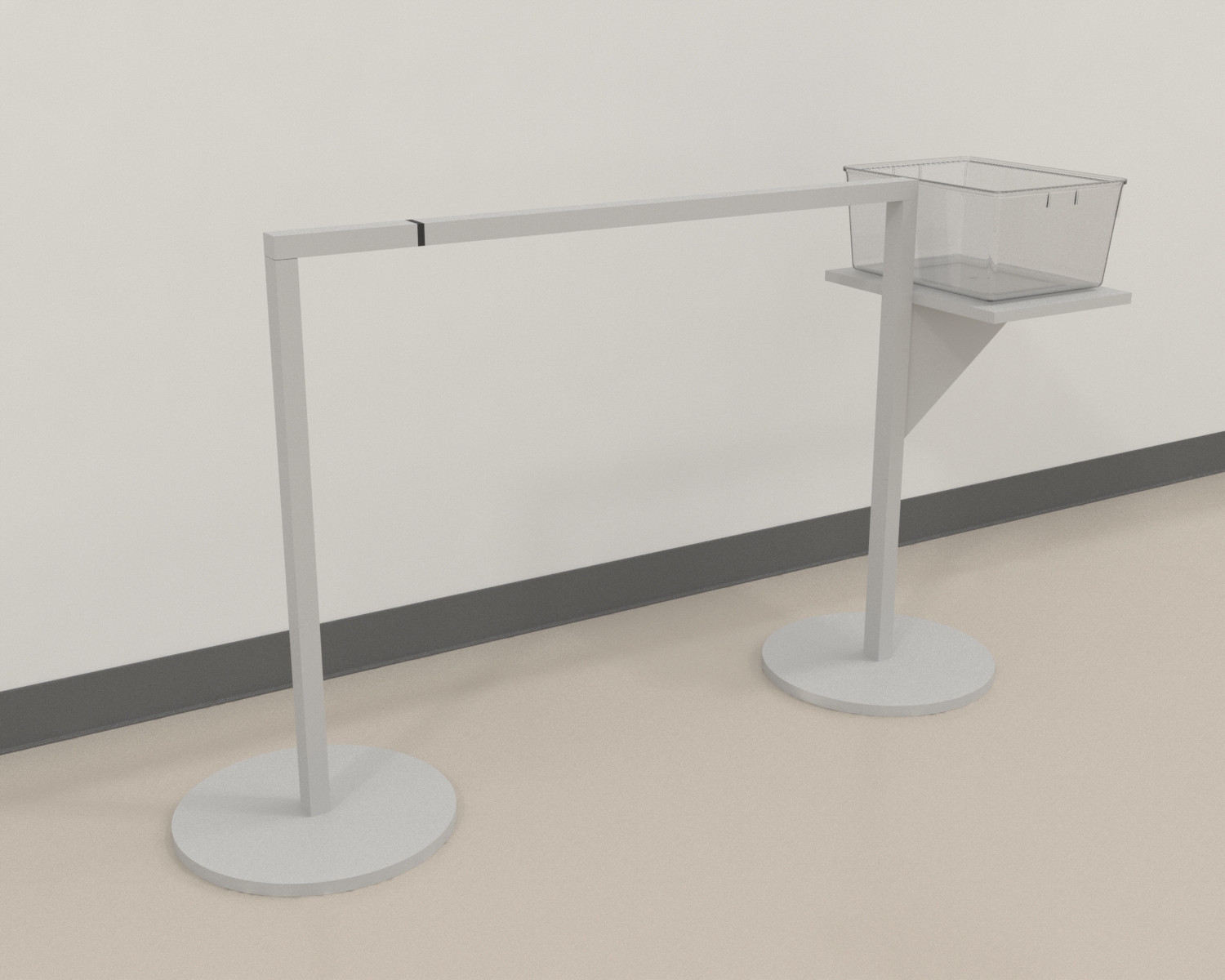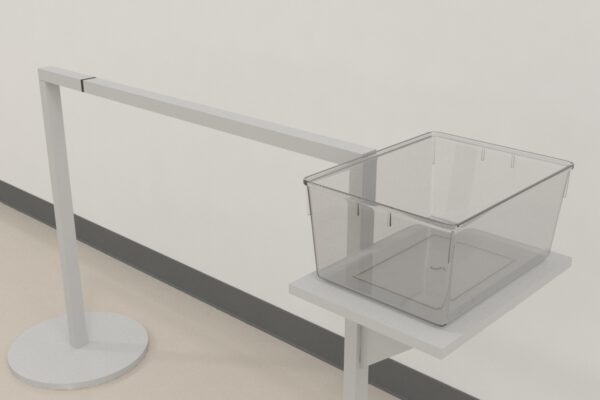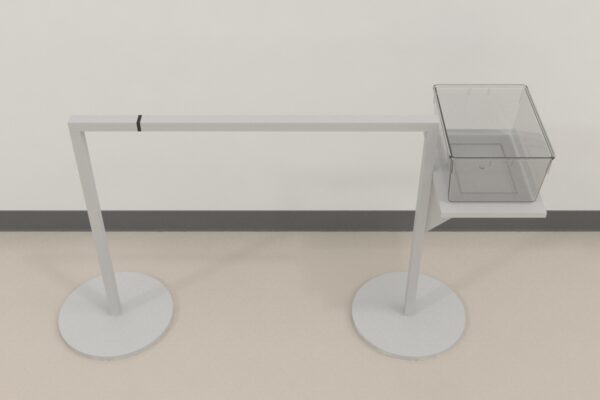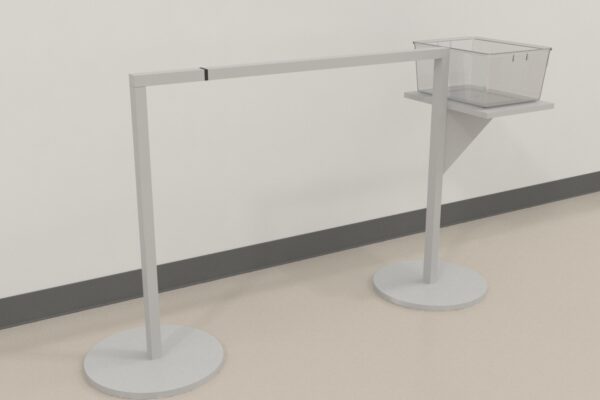The Narrow Beam Apparatus was used by Haydn N. Allbutt and Jasmine M. Henderson in a test in the rat, 6-hydroxydopamine model of Parkinson’s disease. The narrow beam test examines the ability of a rat to cross a narrow, elevated beam of wood or other material.
The narrow beam used for the present experiments was a long acrylic beam. The beam was suspended from the ground by acrylic supports at either end. The acrylic supports at the “starting” end of the beam formed a sheer drop while a platform was located at the other end, next to which was placed the home cage of the rat being tested. Beneath the beam was placed 1 m wide foam padding, to prevent injury to the animals in case of a fall.
Mazeengineers offers the Narrow Beam Apparatus.




